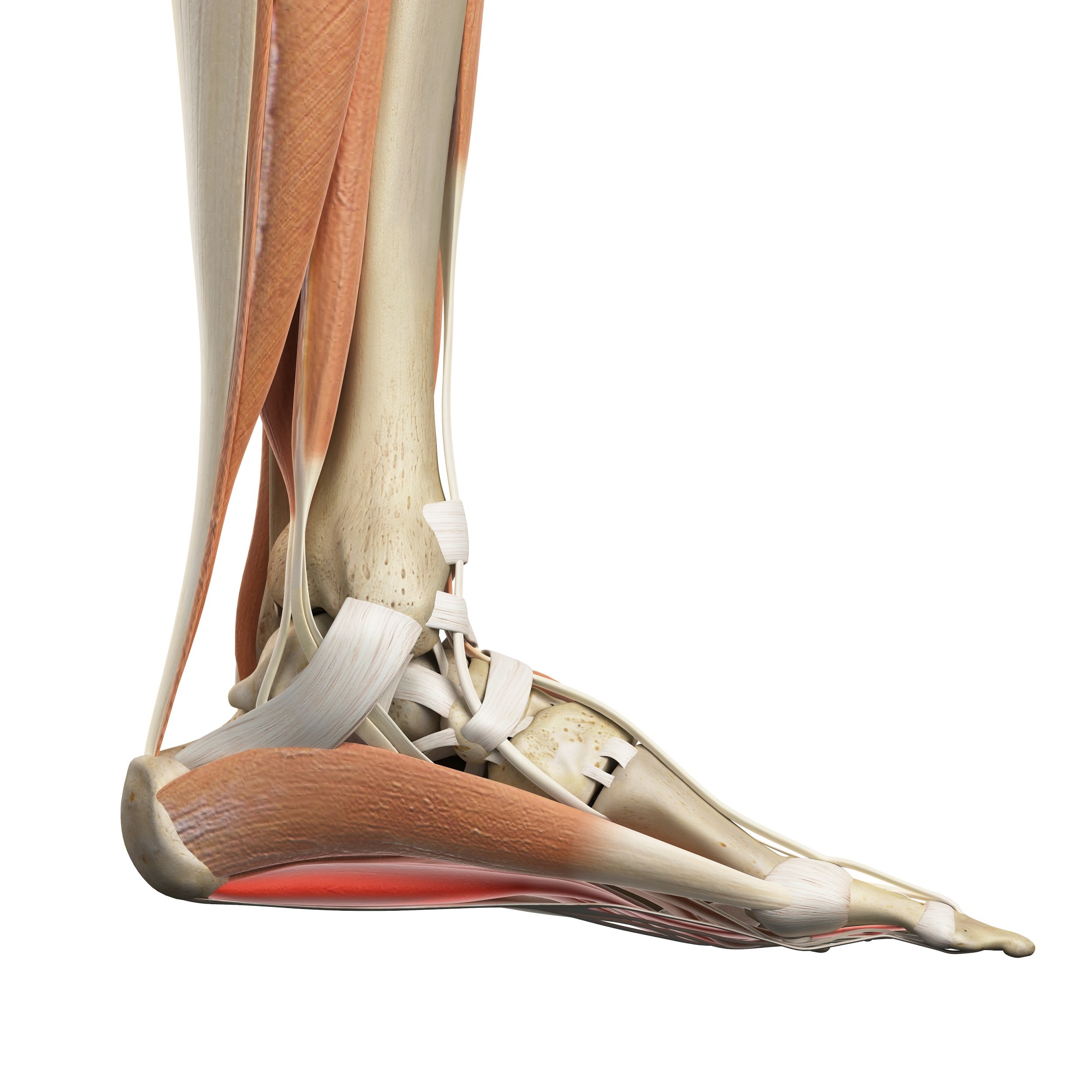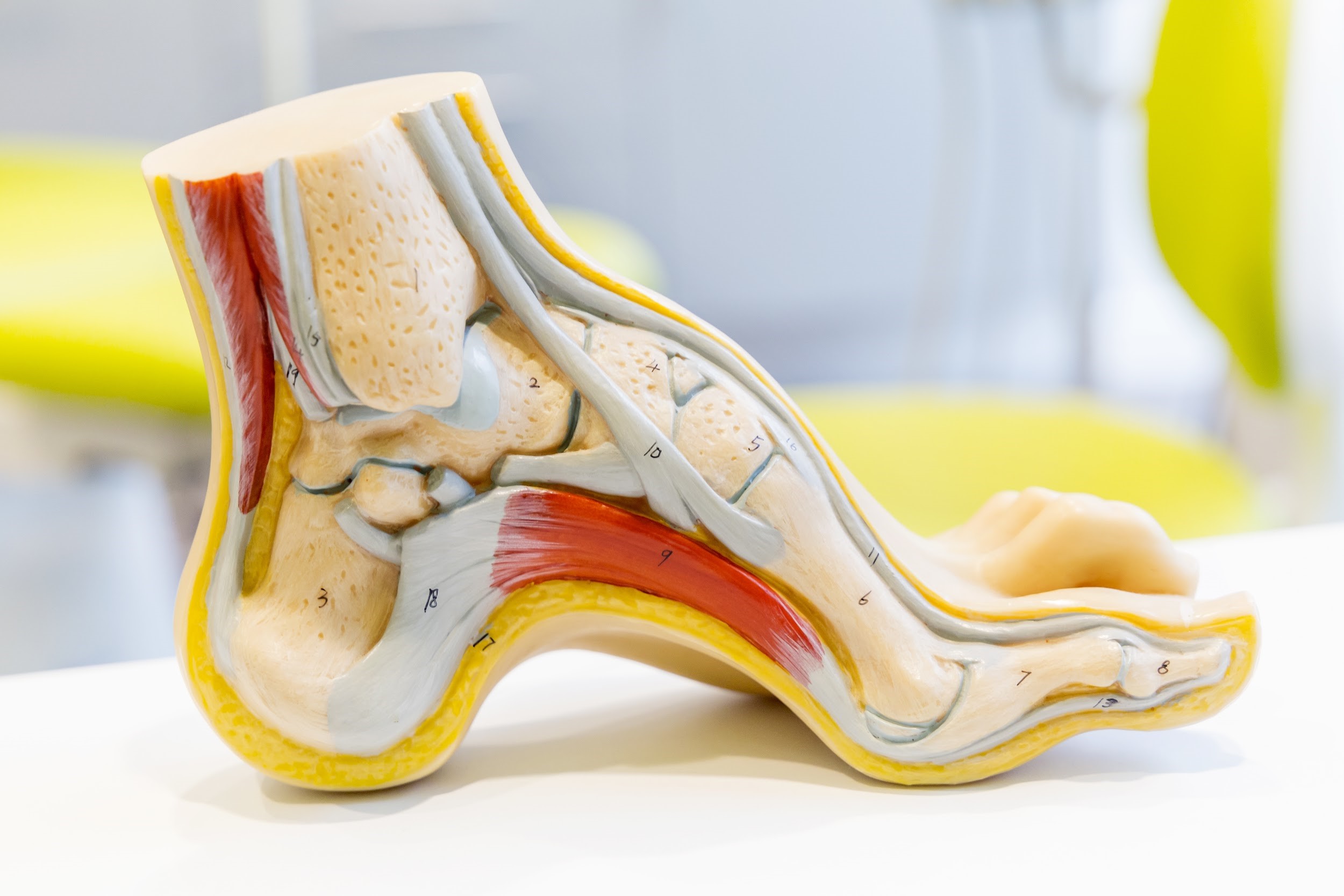How to Use Metatarsal Pads
Posted by Sukie Baxter on May 15th 2019
Pedag USA in collaboration with Sukie Baxter, CR LMT LAMT, is happy to share this blog post
How to Use Metatarsal Pads For Foot Pain and Plantar Fasciitis
Foot pain and plantar fasciitis are common conditions, affecting more than three million people in any given month. More than half of those afflicted report daily discomfort that interferes with their lives.
That’s a big problem. It’s tough to enjoy the things you love to do when literally every step sets your soles on fire. Foot pain makes it impossible to comfortably participate in everyday activities like going for a walk, running, hiking, or even just a normal day at the office.
Fortunately, foot pain and plantar fasciitis don’t have to be a permanent limitation on your life. With just a few small tweaks to your footwear, you can easily recover your healthy, functional feet and turn foot pain into a distant memory.
Before we dive into footwear modifications, however, it’s important to understand what causes foot pain and plantar fasciitis. Here’s a quick overview of foot anatomy and function.
What is Plantar Fasciitis?
If you’ve experienced stabbing pain in your heel with your first steps in the morning, you’ve probably heard of plantar fasciitis. This painful condition is a result of tissue degradation on the bottom of your foot.
By far one of the most annoying foot pain conditions, plantar fasciitis symptoms are persistent. They consist of a sharp, stabbing pain toward the back of your arch, at the front of your heel bone. I have also had clients with plantar fasciitis pain surrounding the heel or traveling forward along the arch of the foot.
Plantar fasciitis was previously thought to be caused by inflammation resulting from strained connective tissue on the bottom of your foot. Recent studies, however, have shown that in fact it results from tissue necrosis, or death, with no inflammation present.
What Causes Plantar Fasciitis?
Your feet are meant to move. Structurally, there are 26 bones and 33 joints in each foot. When you take a step, the weight of your body compresses the tensile structure, causing the muscles in your feet to stretch.
Many shoes, however, inhibit this natural foot mobility. Narrow toe boxes that squish your toes inward restrict the ability of your bones and muscles to expand. The ever so common bunions that result from wearing narrow, rigid footwear are more than just an unsightly and painful condition in and of themselves. They also play a role in plantar fasciitis.
Bunions are typically treated with surgery to correct the deformed bones of your foot. However, this doesn’t solve the real problem. When your big toe points sideways rather than straight ahead, it puts tension on a small muscle near the arch of your foot called abductor hallucis.

Beneath that small muscle runs the posterior tibial artery which supplies blood to the bottom of your foot. Bunions cause muscle tension that clamps down on this artery and constricts the flow of blood. Over time, this limited blood flow results in the tissue necrosis associated with plantar fasciitis.
This is why traditional plantar fasciitis treatments often fail to provide relief. Injecting cortisone to fix inflammation won’t work because there typically is no inflammation actually present in the dead tissue. Using arch supports in an attempt to alleviate tendon strain on the heel bone of the foot doesn’t work either because this isn’t the primary problem.
There is something you can do, however, to restore optimal blood flow and alleviate the plantar fasciitis foot pain symptoms.
How Footwear Hurts Your Foot
Most modern sports shoes have something called “toe spring.” If you look at your shoe from the side, you’ll notice that the front of it rolls upward slightly, like an elf shoe.
Unfortunately, this is terrible for the health of your feet. Elevating your toes off the ground over time causes foot immobilization, ankle flexibility issues, toe deformities and lower leg problems such as shin splints.
It also causes something called a “dropped transverse arch.” Most people don’t realize that your foot actually has three different arches: the medial arch, the lateral arch, and the transverse arch.
The medial arch is the one you are most familiar with. It’s the large curve along the inside of your foot. The lateral arch is less apparent, but runs parallel to the medial arch on the outside of your foot.
And then there’s the transverse metatarsal arch. This arch runs across your foot from inside to outside just behind the ball of your foot. In most people, it doesn’t look like an arch at all because it’s inverted.
If your transverse arch is dropped, your toes will swoop upward and you’ll see a hollow right behind them. In addition to making you more prone to plantar fasciitis, this upward flexion of your toes can put incredible pressure on the ball of your foot and result in painful neuromas.

When your big toe is flexed upward like this and also pushed inward by a narrow toe box, it creates tension on the abductor hallucis muscle that ultimately impedes blood flow. This is a surefire recipe for foot pain and plantar fasciitis.
Fixing Plantar Fasciitis: It’s All About Toe Position
When traditional approaches to curing your plantar fasciitis fail to make an impact, it’s likely because you need to restore normal blood supply to the bottom of your foot. Blood flow is how tissue repairs itself. Circulation brings healing nutrients and washes away metabolic waste products.
Fortunately, restoring optimal blood supply to the plantar fascia is as simple as repositioning your toes. While many orthotics focus on supporting the medial arch, what you need here is one that lifts the transverse arch to remove impingement on the posterior tibial artery.
A strategically placed metatarsal pad under your transverse arch alleviates pressure on the ball of your foot and keeps toes properly positioned. It also encourages healthy movement in the joints of your foot.
When placing a metatarsal pad in your shoe, be sure to position it just behind the ball of your foot. Placing the pad too far forward beneath the ball of your foot can actually cause additional strain and worsen your symptoms.
The Best Footwear for Foot Pain and Plantar Fasciitis
While using metatarsal pads in normal footwear will help to alleviate foot pain and plantar fasciitis, ideally you’ll want to shift toward a more natural style of shoes that allows for increased metatarsal mobility.
It’s tempting when your feet hurt to want to move toward more support, but use caution. Support often translates to rigid shoes that immobilize your foot. As we’ve seen, restricting movement in the joints of your feet simply perpetuates the problem by further reducing crucial blood flow.
When you’re in the acute stages of plantar fasciitis, cushion is imperative. You may be unable to tolerate shoes with little to no padding in them. However, make an effort to select shoes with a wider toe box, no toe spring, and little to no drop from the heel to forefoot.
There are several athletic shoe companies that make this style. Purchasing insoles and metatarsal pads to use with these minimalist shoes while your plantar fasciitis heals can be a great way to get the cushion you need while still allowing for natural foot function.
About Sukie Baxter
Sukie helps busy, hard working people to transform their posture so they have less pain while doing the things they love. She is a Posture and Movement Specialist, the mastermind behind Whole Body Revolution, and the author of Perfect Posture for Life. Click here to download Sukie’s free guide to relieving muscle pain using a scientifically proven natural muscle relaxer.
